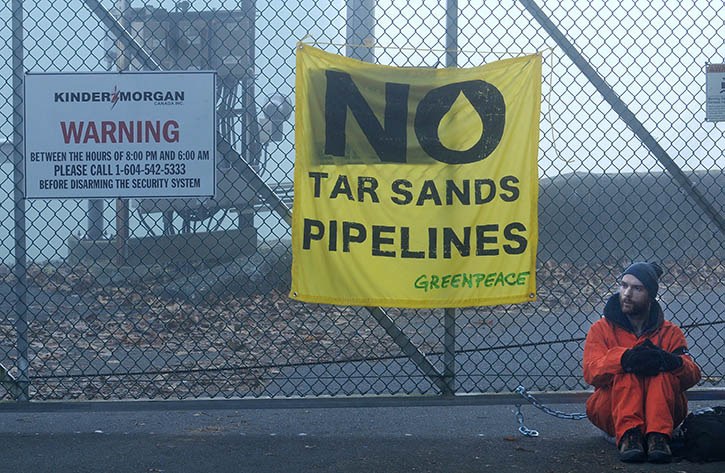VICTORIA – Canada’s sleek, imported green propaganda machine rolled into the capital last week for a couple of days of meetings.
You wouldn’t have heard about it, because they didn’t stage any protests or press conferences. Instead they met quietly with selected reporters as well as politicians from both sides of the aisle. They didn’t invite me for some reason, but from what I can gather, it was a friendly networking session.
When I speak of our U.S.-directed environmental movement, many people still don’t know what I mean. They see the sign-waving on TV and assume it’s all spontaneous, driven by passionate volunteers. Nuke the Whales for Jesus, as we used to joke in the 1970s.
It’s an industry now, and as with our automotive industry, Canada is a branch plant of the U.S.
The Victoria event was an annual conference called Organizing for Change, sponsored by Tides Canada. Thanks mainly to the work of B.C. researcher Vivian Krause, this offshoot of the U.S. Tides Foundation now at least identifies itself while it pulls B.C.’s political strings.
Organizing for Change currently includes Ecojustice, Greenpeace, Sierra Club B.C., ForestEthics Advocacy, ForestEthics Solutions, Georgia Strait Alliance, Dogwood Initiative, Pembina Institute, West Coast Environmental Law, Wildsight and Seattle-based Conservation Northwest.
Tides is itself a front for wealthy charitable foundations based mostly in Seattle and California, funded by billionaires who see “saving” B.C. as their personal eco-project.
Their hired activists met with Environment Minister Mary Polak to discuss her just-introduced Water Sustainability Act. This was to demand heavy fees and choking regulations on water used for “fracking,” that nefarious gas drilling technology so demonized in fake documentaries and celebrity protests.
Tides no longer attempts to hide its strategy of targeting energy development in B.C. and Alberta. Its tactics are well known, too. Environmentalists need high-profile wins, and the economic pain is best inflicted outside of the U.S., the biggest polluter in world history.
Organizing for Change’s stated priorities for the year are the “last stand of the Great Bear Rainforest,” the “Sacred Headwaters” and the Water Sustainability Act.
Professional protesters are mainly just taking credit for the 2012 buy-back of Shell’s coalbed gas licences around the headwaters of the Nass, Skeena and Stikine Rivers. Tahltan Central Council declared that territory theirs in 1910, and having pros roll in with slogans and graphics wasn’t exactly crucial to the outcome.
Their greatest marketing success so far is the Great Bear Rainforest, which is continually portrayed as being in peril from hunting, logging and of course, oil and gas development.
One of the documents Krause unearthed is a 2008 plan entitled “Tar Sands Campaign Strategy 2.1” that has proven remarkably prophetic. As Greenpeace, Sierra and ForestEthics were negotiating the 2007 Great Bear land use plan, other network members were preparing to “raise the negatives” and market Alberta as a unique threat to planetary integrity.
I’ve written before about the distortions and evasions required to present such a fossil fuel fairy tale. Suffice it to say that while we have busloads of protesters in B.C., you don’t see them in those benevolent petro-states Angola, Iran, Iraq, Libya, Saudi Arabia, Nigeria, Venezuela, Kuwait or Algeria. They’re not saving the whole planet, just the safe and lucrative parts.
And as I mentioned after the protester-staged Neil Young concert tour, it’s amazing how American oil and gas interests and Alaska oil tankers remain invisible to this sophisticated network.
NDP environment critic Spencer Chandra Herbert met with the green machine too. He wants all of B.C.’s groundwater mapped and measured deep into the Earth’s crust. That should take a while.
Tom Fletcher is legislature reporter and columnist for Black Press.
Follow me on Twitter: @tomfletcherbc
